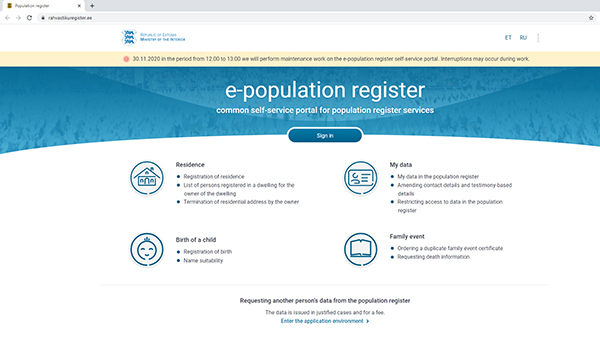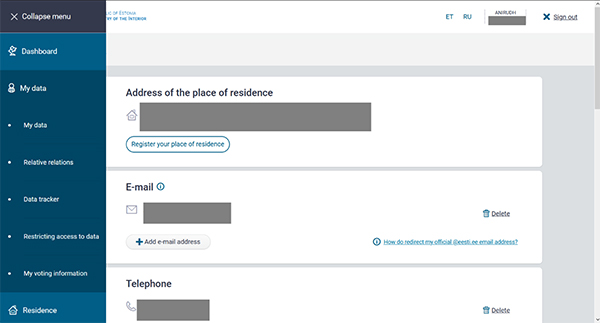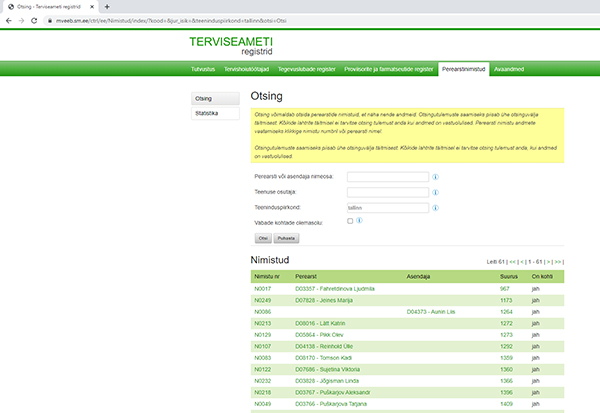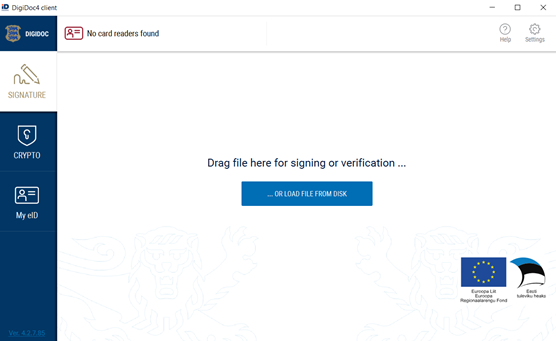While the phrase "prevention is better than cure" will always hold good, what do you do when you fall sick? Who do you turn to? Firstly, let’s pray that you never feel under the weather during your stay here in Estonia. At times when the COVID-19 pandemic is amok, it’s very important to stay positive and healthy. Secondly, albeit not mandatory, it’s highly recommended that you get yourself registered with a personal physician as soon as you have comfortably settled down here. I got myself registered into Estonia’s registry of family physicians and here’s how I did it. - Anirudh

A teddy bear after having received medical attention. Photo: Pexels.com
Step 1: Updating personal details
I first logged into the “E-population Register” using my personal Estonian ID code (which will be provided to you with your residence card) and ensured that all the data entered there was updated. This also included my address, which would be one of the main things required while filling out the registration form to avail yourself a family physician.
One of the things the physician looks for in an application is the proximity of his/her potential patient. A decision may be made depending on this as well, so make sure that your details are updated.

Screenshot of the E-population online register.
The website was very user-friendly. I suggest that you change the language to English if you don’t speak Estonian or Russian. Go through the links in the menu. It should give you a fair idea of the website and what it offers. The dashboard displays all your data and also gives you the option to edit it, if required.

Screenshot of my dashboard after logging in. Notice the options to edit the details.
Step 2: Filling out the application
The next step was to get the application form that I downloaded from the Republic of Estonia Health Board.
Care is to be taken during this step while choosing the form, as the translated version is only a specimen copy and is not to be used for registration. What I did was use the English version as a reference, while filling out the original application form that was in Estonian.
The form contained very basic questions like my name, the doctor I wanted to get registered with, my contacts and other such personal details. The submission of this application could be done either through e-mail, physical mail or directly in person. However, owing to the current pandemic situation, I would suggest sending a digitally signed copy through e-mail, thereby avoiding physical contact.
Use the public website of the Health Board’s online registry to identify potential doctors based on the county and/or city that you live in. The website is only in Estonian, so I strongly recommend to use a page translator or Chrome browser that would automatically translate it. Please also note that being able to speak English is not a requirement for family doctors to practice in Estonia, so you cannot assume that all family doctors will be able to serve you in English. However, it is possible if the doctor and patient agree, so you can reach out to the doctor you selected to check if they are ok with communicating in English. You can also visit the doctor with a translator or other support person.

Screenshot of Health Board's online registry of family physicians. Service area has been set to "Tallinn".
If you are based in Tallinn, then a good place to find a doctor that can speak English is the website for Ülemiste Health Centre, which is focused on serving international patients. If you are based in Tartu, then have a look at the International House website with suggestions on family doctors who speak English.
Step 3: Digitally signing the application
After filling out the application with all my relevant information, I had to digitally sign it in order to validate it. Digital signing of documents is very easy here in Estonia and all you need is an ID-card reader, a laptop/computer with a stable internet connection and the Digidoc4 Client software installed in your system.

The Digidoc Software used to sign documents digitally. It's free to download!
Plug in the card reader to the system and insert your TRP or ID-card into it. The software should instantly identify your card and log you in. The steps to digitally sign any document are very simple and clear-cut.
However, please remember that you won’t be able to edit the contents of the document after signing it digitally. You’ll have to redo the steps for signing if you change the contents in the original document.
Step 4: Drafting an email
After obtaining my preferred doctor’s contact address from the public health board database, I drafted an email that stated my purpose which was to get myself registered with a state physician. I mentioned the doctor’s credentials along with my own. I attached the filled and digitally signed copy of the application along with the email and hit send.
The average processing time for such emails is usually within 7 days and you may be additionally asked to attach a copy of your health insurance along with another email. In the event that you do not have health insurance yet, it’s always wise to inform the doctor about the same and enquire as to what can be done next. You can find more details about health insurance requirements from the Study in Estonia website.
During this 7-day period, your application may either be accepted or rejected by your selected doctor/medical practitioner. In Estonia, every practicing doctor is provided a patient list of 2000 people (or 2400, if working with an assistant). By rule, a doctor has the right to either accept or reject an individual’s application on grounds like proximity, lack of vacancy in their patient list or other such common reasons. If your application has unfortunately been rejected, don’t worry! You can always send in another application to another doctor who meets your requirements!
And you're done!
That’s all! 4 simple steps to get yourself registered with a state doctor! Doing this makes a lot of things easier! As a general rule, your first point of contact regarding any non-urgent medical concerns should be your registered family doctor. Also, you can easily get yourself a medical certificate, get first-hand consultations and maybe even be recommended to specialists if required, in the event of emergencies.

Happy person. Photo: Pexels.com
If you’re still confused or have any more doubts regarding the process, I recommend you send an email to Andrei.Petuhhov@terviseamet.ee of the Health Care Services department.
Text by: Anirudh Ramesh
